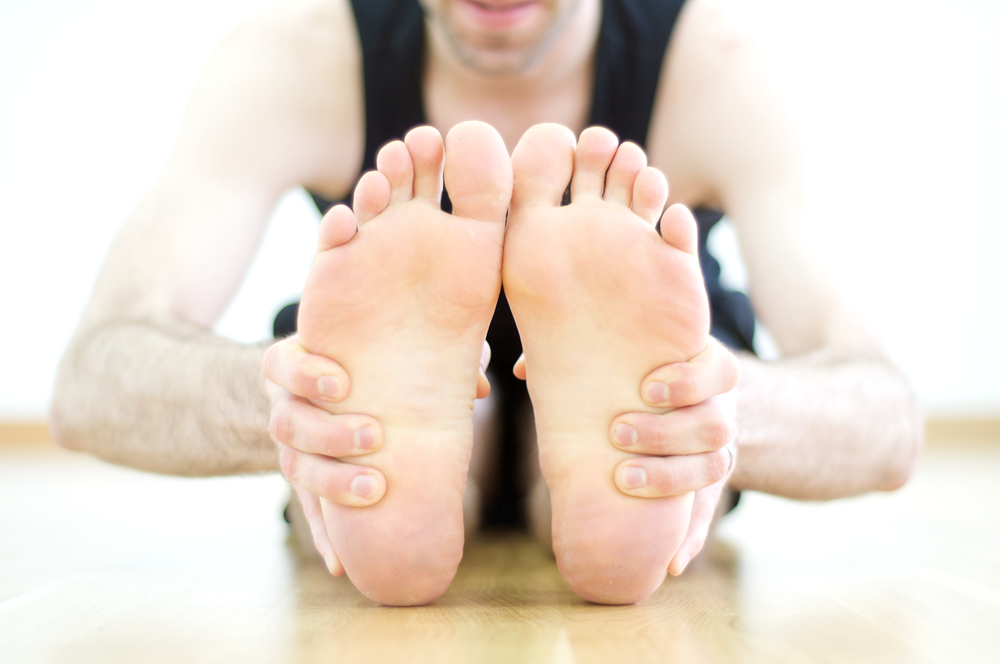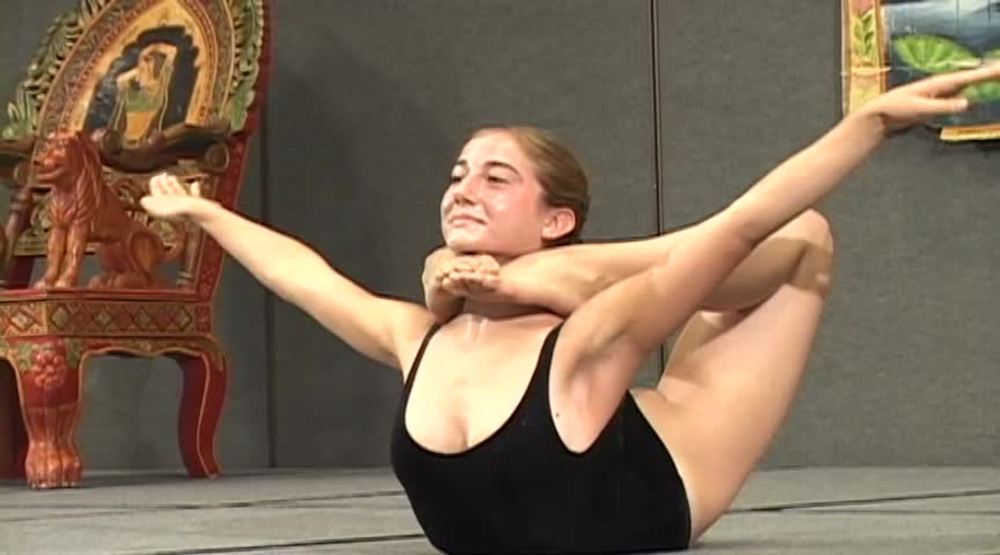Bakasana - crane pose
Hand balances are hands down (sorry!) my favourite type of pose - for me they bring a wonderfully fun and playful quality to our yoga practice.
They also invite us to undertake a curious exploration of our perceived boundaries, patterns and possibilities - fear, striving, exhilaration and frustration are all likely to arise at different points in the exploration…and all can be held with friendly awareness.
In fact they're a significant reason as to why I fell in love with yoga practice in the first place - I loved the challenge that they presented, even though I was rarely able to hold the poses for long (if at all).
Over the years of practicing yoga I have increasingly come to appreciate that hand balances are not simply (or even primarily) a question of strength. Of course a degree of strength is involved - but the practice of balancing on our hands is really more a question of refined technique.
So...to help you take your hand balance practice to the next level, I have outlined below 5 key principles for safely exploring these wonderful poses.
1. Use your hands as feet
This might sound obvious…but it's critical that we build the foundations through our hands correctly (just as we set up the feet properly in standing poses) by activating 'hasta bandha' (hand lock or seal - also know as the ‘cambered hand’ position).
Hasta bandha - or the cambered hand position - creates a strong foundation for hand balances
To do this spread your fingers wide with your index fingers pointing VERY SLIGHTLY away from centre and focus on actively rooting the hands down into the mat.
Most importantly ensure that there’s a strong connection into the earth through the undersides of the knuckles - and that the weight isn’t sinking into the heels of the hands and wrists.
Once the hands are set, squeeze the floor with your fingertips to create a subtle 'cupping' action of the centre of the palm.
Setting the hands up in this way helps to provide a much greater sense of stability and foundation in hand balances - it also helps to avoid injuries that can be caused by weight collapsing into your wrists.
2. Stabilise the shoulders
Our shoulders are built primarily for mobility rather than for stability - in fact they are the most mobile joints in our bodies.
So in order to safely engage our shoulders during hand balance practice we have create as much stability as we can through these joints.
We do this by ensuring that the head of the upper arm bone (the humerus) is properly 'plugged into' the shoulder socket by rolling your inner bicep forward and the outer arm back (external rotation)…so that the 'eye' of your elbow is in line with your thumb.
Additionally, broaden and flatten your shoulder blades across the back and draw them forward so that they don't wing upwards and away from the body - this can strain the muscles of the rotator cuff surrounding the shoulder joint (causing further instability).
3. Hug your elbows to your centre line
When you bend your elbows, hug them in towards your mid line so that your forearms are parallel to one another rather than bending your elbows out sideways either side of the body.
Again this helps to stabilise your shoulders and it also creates a strong skeletal structure upon which we can 'stack' the rest of body in some hand balance poses - reducing the amount of muscular effort we need to invest.
4. Use your whole body
You will never knowingly underwork in a hand balance - so if you’re struggling then pushing harder is rarely the answer.
Instead you have to understand the relationship between each part of the body and how these work together in combination to take a particular posture.
Plank pose
Think about a simple plank pose (a foundational pose for all hand balances) - in order to hold your plank you need to activate muscles throughout the entire chain of the body to avoid collapsing towards the floor.
We can apply similar principles to more challenging arm balances.
For example in Bakasana (pictured at the top of this post) we need to activate our hip flexors to draw the knees in towards the body and the adductors to hug the knees against the upper outer arms.
Without understanding how to access and activate these muscles, the pose is simply not possible.
5. Don’t cheat the process
I know how tempting it is to want to ‘get the pose’ - I often fall into that trap myself.
But when approaching hand balance poses we really need exercise patience and be prepared to spend time working on foundational movements that help us to build towards the particular posture that we’re looking to take.
This will help us to approach our exploration safely - building strength and technique without the risk of injury.
Cat pose
Again, thinking of Bakasana…you can see from the above picture that the position of my spine is not too dissimilar from a basic cat stretch.
So spend lots of time in cat pose actively pressing down through the hands to slightly round the spine and feel a sense of the front body ‘lifting’ towards the back body.
And then when it comes to actually practising Bakasana, be prepared to start with the elbows bent and with the tips of the toes still resting on the floor.
From there, and over time, you can explore raising one foot at a time (maybe with the forehead resting against a wall for more support) to build the strength required to eventually take the second foot up as well.
But do make sure that you’ve really mastered each stage on the journey before progressing to the next.
Ok, so that’s it…my Top 5 hand balance tips. I hope you’ll find them useful.
As I mentioned at the start of this post I love hand balances for the playful quality they can bring to our yoga practice.
Embrace this playfulness and use the above tips to safely approach your exploration of these wonderful poses - it might take a little while to get the hang of some of them but with persistence, they'll come.
And if you have any further questions or would like to work with these poses on a one to one basis then please do get in touch.







